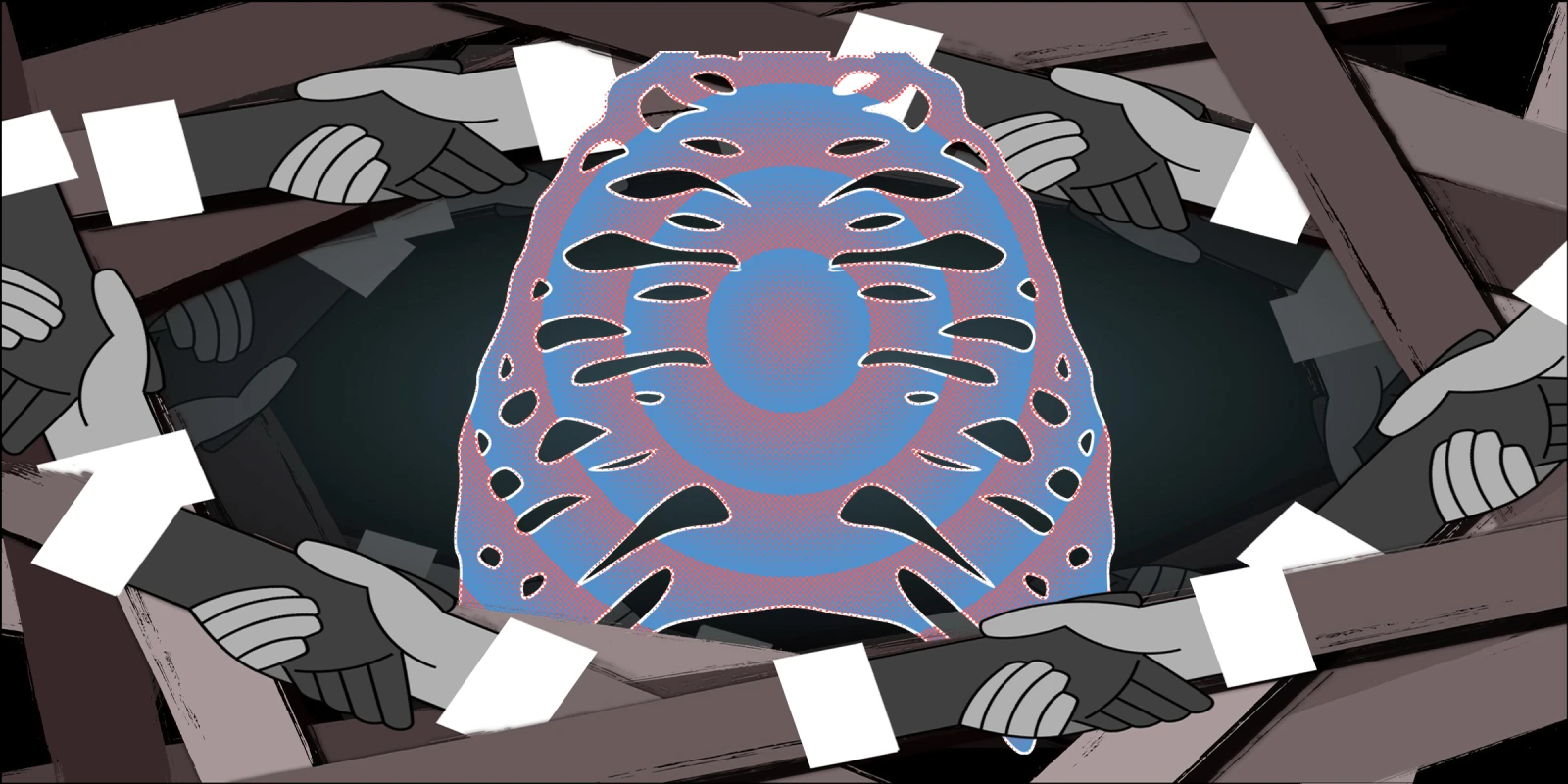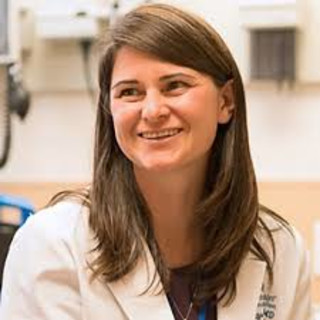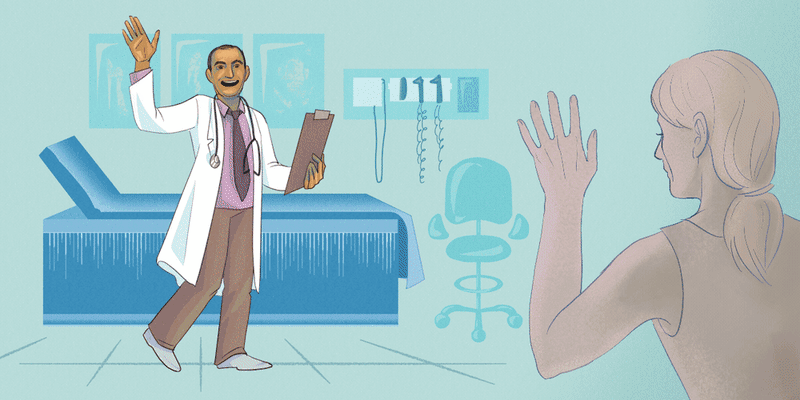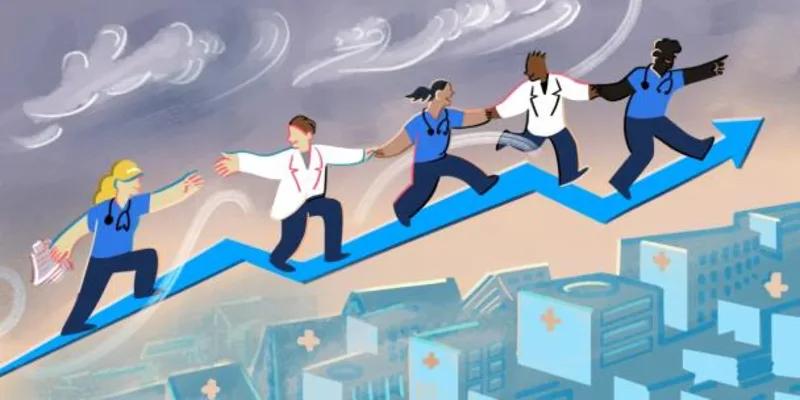I’ve been going to the American Thoracic Society conference since my first year of pulmonary and critical care fellowship, when our program sent all first-year fellows. For those first few years, we joined 15,000 international colleagues as we found peers, collaborators, and mentors. We tried to go to many sessions and figure out what we wanted to study while also learning all pulmonary and critical care medicine at once. It was overwhelming, though it was also an immersive experience in a culture of people who worked at ordinary day jobs by day and then transformed. Where we had seen the daily grind of spreadsheets and gels and dishes of cells, we now saw visions of new ways of diagnosing and understanding, and treating disease. Over the years, ATS became a reunion. An annual check-in, not only of the coming to fruition (and not) of some of those prior visions but also a reimagining of the future once again.
And then ATS wasn’t.
I mean, it was, but not really. We frantically recorded presentations and submitted abstracts. But we were also working in hospitals and trying to corral children into various directions. And once we submitted our work, we were done.
Did anyone log into the virtual-only ATS sessions? Long past when the novelty of virtual meetings had worn off? Long after we had recognized how drained those virtual interactions left us? Did anyone finish their clinical work, save their research files, kiss their children good night, or tell them to put their plates in the dishwasher after they finished dinner, and then log in to listen to recorded talks? I’m sure people did, people with more reserve and unbridled optimism and focus than I had. But I didn’t. For two years, we had the hope that we would come together and then the disappointment as we weighed the risks and benefits of gathering and didn’t. We built up hope and energy again and again only to fall back in disappointment.
Many of us were hesitant to submit abstracts yet another time. As the deadline came nearer, hospitals were full — again — and we were triaging patients and talking about crisis of care standards. And we couldn’t imagine that we would come to weigh those same risks and benefits, yet again, and find that, collectively, we should gather. But promises were made, hope was kept alive, and we submitted research findings — sprouts of seeds planted during these long and dark times. Our research remained an aspiration, a seed of hope that things beyond a single infection will matter. A promise that our lives will, once more, have room to hold ideas and understanding of more ways of health and disease in the world.
So we submitted, and we received notifications of acceptance. We registered and planned for travel, and nobody canceled anything, and somehow, incredibly, many of us gathered in San Francisco for several days in May 2022. And, as is often the case in life, showing up has made all the difference.
We gathered and sat in convention center conference rooms, yes, and we heard talks and saw slides, yes. Things we could have done and have been doing virtually. But also, at the end of talks, we saw people rise out of their seats, walk up to microphones, introduce themselves, and ask questions. And we shared experiences and insights, in real time, in real life. We were somewhat surprised, and if I’m being honest, relieved, to find out how many others had kept their own seeds growing. And we were often shocked at how many of those seeds of science, of research, of new visions, of life, had grown and developed over a time when it seemed the only topic of conversation and thought and intellectual energy was the only one that was always and forever named.
And while yes, there were fewer people in the sessions than in previous times, there were still people! Certainly more than we had seen in the recent past gathered for this purpose. And we found community. We found our people and found that many of us looked different. Were we ALL grayer and older than we remembered being? Were we celebrating too many transitions as leaders passed on their mantles?
“Is everyone just stepping down after having a life crisis and reevaluating their priorities?” I asked a senior mentor.
“No,” he said. “It’s more that people hung on for the last few years longer than they were planning to, and now it’s time.”
Like a pregnant woman whose hair doesn’t fall out at the regular rate, and then all at once, after the baby, she sheds. She’s not going bald. She’s losing the hair she didn’t during this special period of growing a baby. We’re not losing people; we’re catching up on our usual life milestones and career transitions all at once.
People’s children grew older. They’re doing great, families bonded and spent more time together, picked up new hobbies. Kids fell behind in school, they’re catching up now, it’s not easy. They did great with school, virtual learning was fine. It was a disaster. And they were scared. And we were scared. But now we’re OK. We’re not OK. But the children grew and we were all there for it and now they’re still growing. And here we are again.
Research, too, was feast or famine. Labs shut down, and research careers with more than a decade of investment were derailed as focus shifted to the bedside. And then transitions of what should I do now? What can I do now? Should I keep doing what I’ve been doing for the last two years? Should I try to pick up the pieces and rebuild a career again?
Labs grew, and more research was done. Rapid funding with supplements larger than the original grant came, new collaborations and teams came about, and new ways of doing research together were tried. And look at all that we did and how much more we can do still!
And all through this: community. A community of “we were there.” We witnessed and experienced many things together and individually, and oh, how grateful we are to be together again. And life is good and holds so much promise ahead. Community through breakfasts, lunches, dinners, walks, and even dancing. Especially the dancing. Life is hard, and like Stromae sings, “Alors on Danse.” And dance we did, joining a chorus of ”Like A Virgin” as we lost sight of our grayer, older selves and found our way to energy and joy and community.
We went to talks about the science, but also about the challenges. Holding that we are mothers and doctors, we felt we failed at being both. We failed at so many things. But we didn’t because we were there. And here we are now. Holding that we took calls about who got the last ECMO bed or the last ICU bed. Holding these decisions and feeling the weight of it and the guilt, and holding other places where those decisions were made differently. How many people did we kill? How many did we help? We did the best we could — is that enough? They tell us it is, yet some of us are holding and turning things over in our minds, because maybe we could have done more. Maybe we should have turned right when we took a left, but we can’t quite see that left was better. Was it?
“I’m in therapy now because of that,” someone shares, and we hold each other because it was hard, and here we are! Together! On a beautiful spring night. Spring: the season when seeds come up and flowers bloom. Such growth seemed unimaginable only a few short months ago when the world was blanketed by the cold snow. How could anything green and fragile come up again? But it does. Every year. If we just hold on.
Dr. Blagev is employed by Intermountain Healthcare. She has received grants from the NIH. The views expressed are the authors’s and do not represent their employer.
Previously published in My Better Doctor.







